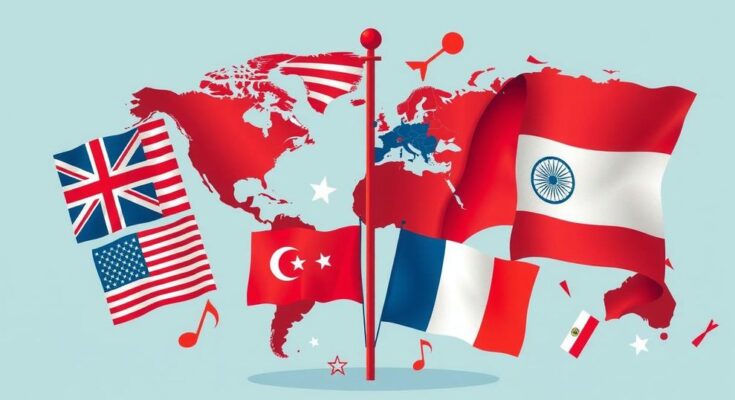In a bold declaration, US President Donald Trump reinforced his sweeping tariffs, warning of potential short-term discomfort for Americans while promising long-term prosperity. As these tariffs took effect, their global impact loomed large, with European leaders declaring that all options remain on the table in response to these economic measures. Trump proclaimed an “economic revolution” on Truth Social, urging patience amidst turbulence as America attempts to reshape its trade relationships.
A 10 percent tariff now applies to most imports, excluding those from Mexico and Canada, as Trump employs emergency powers to enforce this sweeping change. However, in a contrasting view, tech guru Elon Musk expressed a wish for a zero-tariff future, hinting at a possible free trade zone between Europe and North America during talks in Rome. The stakes heighten as the EU, Japan, and China brace for even steeper tariffs, especially with Trump’s impending 34 percent tag on Chinese goods.
Retaliation from Beijing is anticipated, with China indicating their 34 percent tariff on US exports and plans to sue Washington. Trump, however, asserted that China has incurred greater losses, claiming many nations have treated the US poorly. Amid rising global economic concerns, European leaders cautioned against a trade war, highlighting a fragile economic landscape.
Market reactions have been severe, with Wall Street witnessing significant downturns. Although several products like pharmaceuticals and essential minerals are momentarily excluded from new tariffs, investigations signal further levies may be on the horizon. Countries, particularly within the EU, are prepared to respond strategically to these tariffs, potentially through targeted taxes on US tech.
Within this landscape of escalating tensions, the 54 percent tariff on Chinese products will mark a significant increase. Furthermore, Trump’s auto tariffs have already disrupted production, notably with Stellantis halting operations at its plants. This situation draws parallels to the historical Smoot-Hawley Tariff Act of 1930, underscoring the potential ramifications of Trump’s tariffs and putting the average US tariff rate at a historic high.
President Trump reaffirms sweeping tariffs that could reshape global trade, warning of short-term pain for Americans but promising long-term gains. With significant tariffs imposed on imports, particularly from China, responses from other nations are expected, raising the spectre of retaliation. Market reactions have been negative as concerns grow over potential economic ramifications, echoing sentiments from historical trade crises.
In summary, Trump’s sweeping tariffs introduce significant challenges and opportunities within global trade dynamics. These measures have sparked fears of retaliation from other nations, particularly China, and have caused a ripple effect within financial markets. While the tariffs aim to reshape domestic employment and business, they also present the risk of igniting broader economic tensions. As all parties navigate this complexity, the future of international trade hangs in a delicate balance.
Original Source: www.ndtv.com



